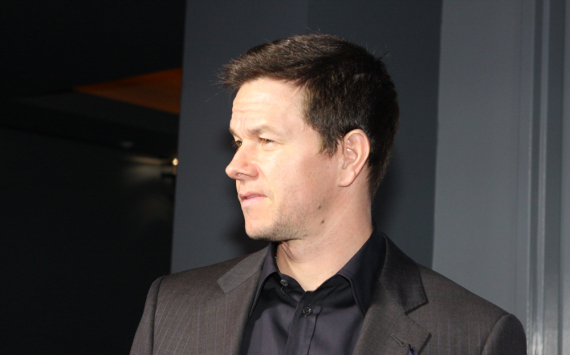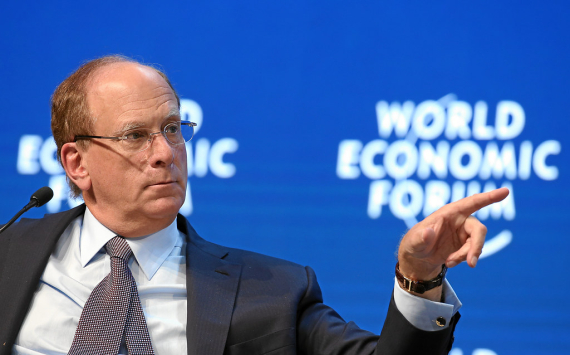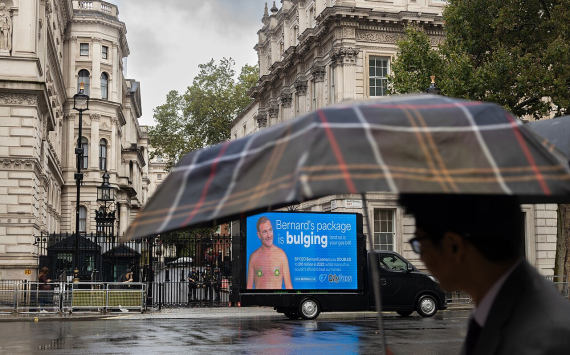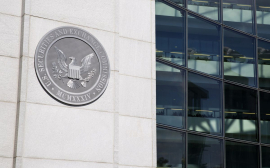
Retailers Beware
The shifting landscape of consumer behavior has sparked concerns for the US economy, with major retailers such as Macy's, Costco, and Dollar General reporting notable changes in shopper preferences. These shifts in buying patterns are indicative of evolving economic conditions and have raised red flags among industry experts.
Individual Retailer Analysis
Macy's and Costco, two prominent players in the retail sector, have experienced a slowdown in customer demand, leading to a revision of their profit and sales forecasts. Macy's CEO, Jeff Gennette, acknowledged the weakened demand, particularly in discretionary categories.
Similarly, Costco's finance chief, Richard Galanti, highlighted a trend of customers gravitating towards more affordable meats like pork and chicken instead of pricier steaks, indicating a shift in spending priorities.
Impact on Different Demographics
Notably, these changes in consumer behavior have impacted both middle and higher-income shoppers, who have already fulfilled their purchasing needs during the pandemic. With discretionary income now being redirected towards travel and other services previously unavailable, retailers catering to this demographic are witnessing a pullback in sales. This trend is further supported by the robust bookings reported by airlines and hotels.
Lower-income shoppers are also feeling the effects of economic challenges. Dollar General, a retailer that primarily serves this demographic, observed a decline in discretionary product purchases such as home goods and clothing. Weaker customer demand prompted the company to revise its outlook, emphasizing the adverse impact of the current macroeconomic environment on spending levels and consumer behavior.
Expert Analysis and Forecasts
Industry experts, including David Silverman, a senior director at Fitch Ratings, underscore the difficulties facing retailers amidst a softening consumer spending environment and a shift in budget allocations towards services. Their analysis points to the potential ramifications of changing shopper behavior on the broader US economy, necessitating careful consideration and strategic adaptation by businesses.













































